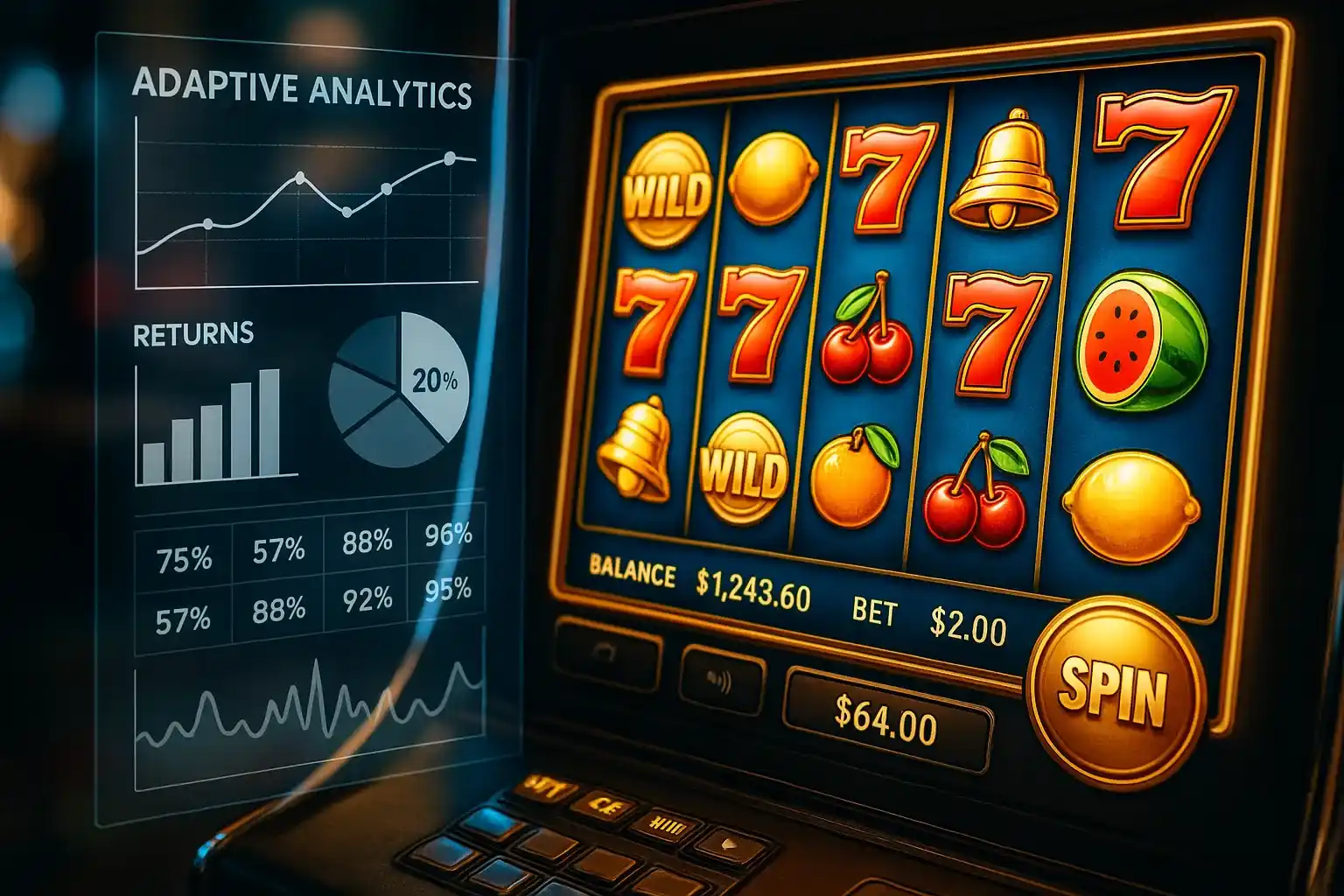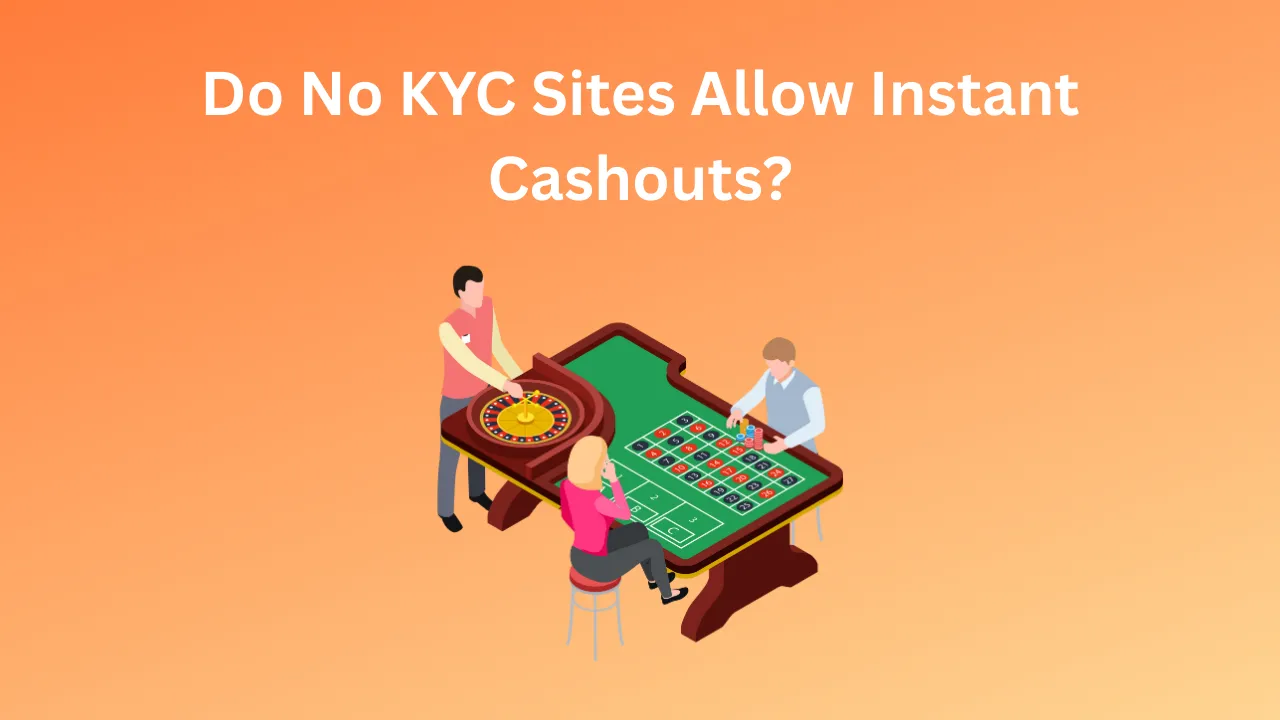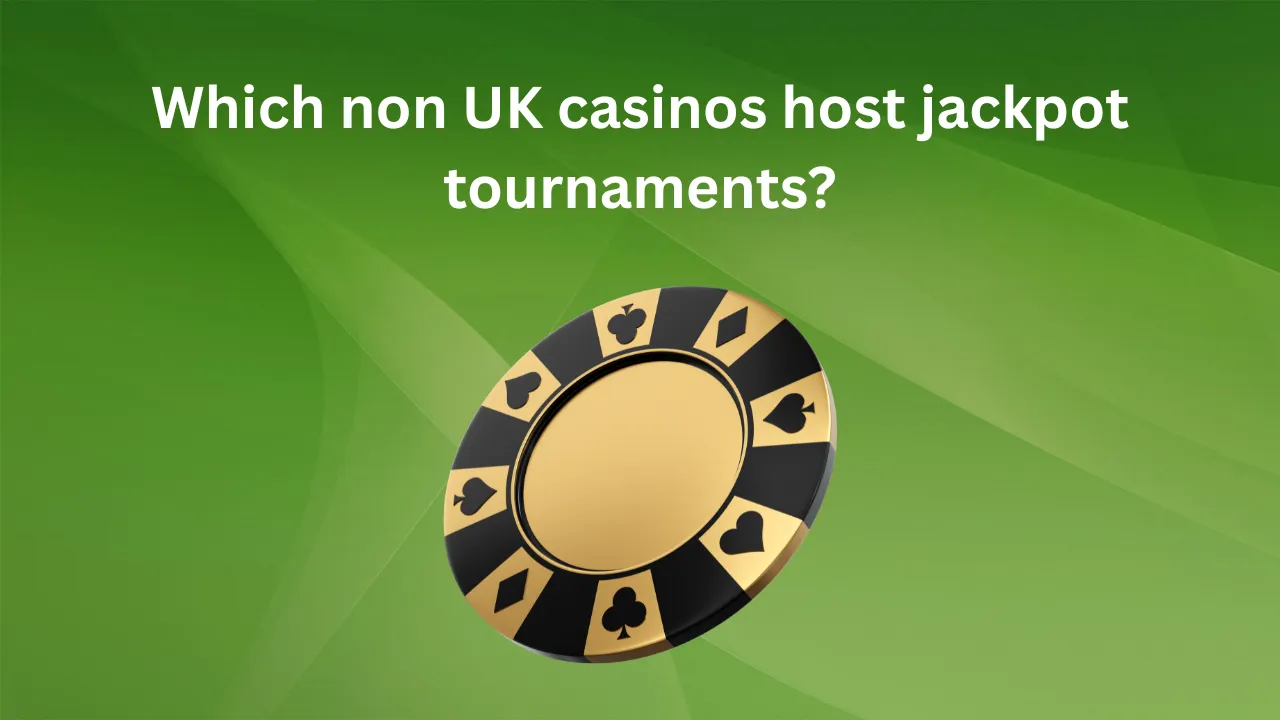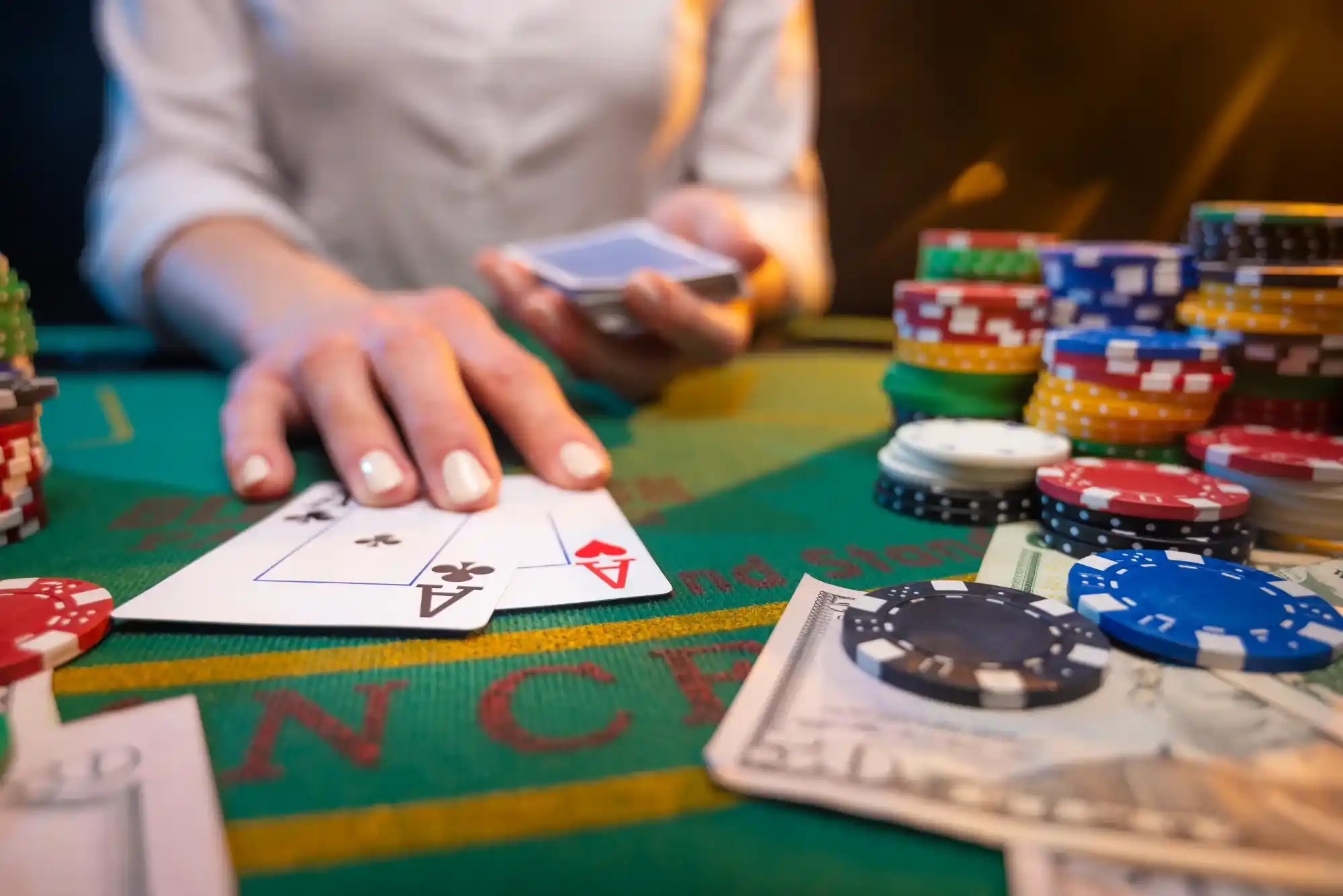Slot games have quietly undergone a structural shift over the last few years. Behind the glossy reels, providers and operators are experimenting with adaptive layers—dynamic rule sets, pacing adjustments, personalized mission boosters, volatility nudges, and bonus release sequencing that respond to live or recent player behavior. As someone who tests slot ecosystems both for pure curiosity and for UX benchmarking, I’ve watched these adaptive elements mature from crude “unlock more spins if you stay” gimmicks into nuanced feedback systems. The big question players ask is simple: can adaptive slots actually boost your returns—or do they just repackage the same mathematical reality in friendlier skin?
What Do We Mean by “Adaptive” in Slots?
Adaptivity in modern slots refers to surface-level or meta-layer adjustments that tailor aspects of the experience—reward cadence, mission structure, loyalty drip, side-meter progression speed, visual prompts, even recommendation sequencing—to the profile emerging from your session data. Crucially, regulated jurisdictions require the core RNG outcome distribution for the base game to remain fixed (the advertised RTP for a given configuration cannot morph on the fly). So when we discuss “adaptive slots,” we are usually pointing at: (1) bonus framing changes (how often a side feature becomes available for you to attempt), (2) progression meta-games (collecting tokens, shards, energy) that pace differently per player, and (3) personalized promotional overlays (free spin missions, retention boosters).
The term sometimes bleeds into promotional architecture, so it’s worth separating the pure game design (what the studio ships) from the operator’s adaptive reward systems layered above it. That distinction matters when you try to evaluate whether adaptivity improves expected value or just modulates entertainment pacing.
In wider competitive environments—especially an alternative licensing context like a casino not on GamStop—adaptive slot ecosystems are also leveraged as differentiation tools, promising “tailored volatility journeys” or “smart bonus pacing.” Understanding what is really changing (and what legally cannot) keeps your expectations realistic.
How Adaptive Layers Are Implemented
Developers typically build a stable math model defining symbol weighting, reel strips, bonus trigger probabilities, feature frequency, and payout tables. On top of that, they attach meta systems:
Progressive Meters and Mission Engines
Collect X special symbols, fill a bar, unlock an enhanced free spin round. Adaptivity enters when the required count, drip rate, or symbol weighting for collectible tokens adjusts in the user interface. Most regulated frameworks prohibit dynamic alteration of reel strip weights per individual player; instead, perceived pace can shift through front-end gating: awarding “wild shards” or “meter accelerants” as part of timed missions. It feels like the machine is getting “looser,” but mathematically you received auxiliary tokens external to the static reel probability.
Session-Based Boost Windows
Some slots (or their wrapper platforms) offer scheduled “hot intervals” or “boosted feature chance” moments. When these are legitimate, they are normally accomplished by transitioning to a pre-certified alternative configuration with a different disclosed RTP or feature frequency—visible in the help file. An adaptive scheduler might time the invitation when your session dips (lull in engagement) or after a near-miss cluster. The return impact depends entirely on the delta between configuration A and B and your effective wagering volume during the boosted window.
Personalized Side Bets and Feature Buy Offers
Feature buy pricing can sometimes appear at varying discounts (e.g., occasional 5% cheaper entry) based on historical take rate or inactivity. If discounted genuinely below the fair cost of the bonus (the feature EV given its average payout), your long-term return may improve slightly. Most of the time, however, the discount simply narrows the house edge of that feature without flipping it positive.
Adaptive Volatility Recommendations
Recommendation carousels inside lobby widgets might label certain games as “match for your style” after you string together high-volatility sessions. They push titles whose empirical volatility profile (bonus interval variance, hit frequency) aligns with your previous satisfaction markers (e.g., you stayed longest after moderate bonus spacing). This can psychologically smooth bankroll perception—if you are not constantly blindsided by variance you did not want—but it doesn’t inherently raise RTP. It may, however, reduce friction-driven over-staking (a quiet indirect protection of returns).
Where (If Anywhere) Expected Value Can Shift
The immutable anchor: the slot’s certified RTP for the version you are actually spinning. If adaptation never switches you to a different approved configuration, your theoretical payback does not budge. Still, a few practical mechanisms can influence realized (session-level) returns relative to your baseline behavior:
Reduced Friction Costs
If adaptive missions steer you toward lower-volatility phases before you tilt into aggressive bet sizing, you might avoid spikes of negative expectation due to chasing losses with oversized wagers. Your personal realized return improves because your behavior stabilized, not because the game turned benevolent.
Targeted Cashback or Loss Rebate Overlays
An operator-level adaptive system might layer soft 5–10% cashback on net losses for retention at key fatigue points. Provided wagering requirements are minimal, the effective negative edge narrows across that slice of turnover. Example: If a slot with 96% RTP yields an expected 4% house edge and you receive a true 5% net loss cashback with trivial conditions, your blended effective edge on that covered turnover is closer to 3.8–3.9% (depending on timing and compounding). Small, but measurable.
Discounted or Value-Positive Feature Entry (Rare)
Occasionally, limited-time adaptive discounts price a feature buy at or near its true EV, minimizing extra tax above theoretical average payout. If a feature normally costs 100× bet with an internal EV of 96× and an adaptive promotion prices it at 98×, your cost overlay shrinks. It is still -2× expected margin, but better than -4×.
Bankroll Smoothing and Decision Quality
Adaptive pacing that spaces bonuses to maintain engagement without inducing frustration can preserve cognitive discipline. Decision quality—sticking to pre-planned bet fractions—often correlates more tightly with net outcomes than minuscule RTP differentials. Thus, adaptivity’s indirect EV support is behavioral, not mathematical.
Misconceptions About Adaptive Slots and “Beating” Them
“The Game Loosens If You Stay”
What changes is the perception of momentum: secondary meters, surprise token drops, or mission accelerators appear after certain thresholds. Unless clearly disclosed that you transitioned into a higher RTP variant (which must be viewable in the info panel), payout probabilities on base spins remain static.
“Adaptive Means AI Tweaks My RTP in Real Time”
Strict regulators forbid undisclosed individualized RTP alteration. Adaptive UX is almost always around the math, not inside it. Any legitimate per-player math variation would require explicit labeling (e.g., multiple selectable volatility modes the player chooses voluntarily).
“I Can Manipulate the System By Oscillating Bets”
Most adaptive layers emphasize engagement and retention metrics, not short-term bet sizing patterns. Suspicious oscillation around mission thresholds more likely triggers fraud or bonus abuse flags than a fountain of value.
Practical Framework for Evaluating Adaptive Value
I keep a simple log when testing: session start, stake evolution, mission prompts, boosted windows, cashback offers, feature buy price vs. base cost, and realized bonuses. After several sessions you can compute:
-
Effective Cashback Rate: (Total cash or near-cash incentives) / (Qualifying turnover).
-
Feature Buy Discount Delta: (Standard price – Discounted price) / Standard price.
-
Behavioral Stabilization: Compare variance (standard deviation) of your bet size series pre- and post-adaptive prompts.
If the effective cashback rate plus any reduced friction (e.g., you avoided panic doubling) narrows your personal loss rate by even 0.5–1.0 percentage points of turnover, adaptivity delivered marginal EV improvement relative to your historical baseline—even though the underlying slot math stayed constant.
Responsible Play and Ethical Considerations
Adaptivity must not weaponize vulnerability. Best-practice guardrails:
Transparent State Indicators
Show current mission tier, the delta to next tier, and any dynamic wagering requirement changes. Hidden elasticity undermines trust.
Cooling-Off Integration
Adaptive incentives should pause, not escalate, when you invoke a time-out or display fatigue markers (rapid stake cycling, shortened decision intervals).
Data Minimization and Explainability
The system should only ingest telemetry necessary for pacing and compliance—avoiding opaque psychographic profiling. An explainability panel (“We accelerated your progression token drop after 40 minutes of steady play to maintain engagement”) may soon become regulatory expectation.
Strategic Tips for Players
Set a pre-commitment envelope: maximum time budget, maximum loss, and an upper cap for feature buys. Treat adaptive prompts as offers, not instructions. Evaluate each: Does accepting it require disproportionate incremental turnover? If a mission requires another 500 spins for a “guaranteed super bonus” whose average payout roughly equals a fraction of that incremental expected loss, decline. Discipline in declining negative-EV adaptive invitations is a quiet edge.
Leverage positive frictions: If adaptivity accelerates pacing and you feel your session compressing, insert a manual pause to reset. A calm decision environment sustains any benefit adaptivity might grant via smoother variance perception.
Track net realized edge: After a month, estimate: 1 – (Net Winnings / Total Turnover). Compare runs with high adaptive participation vs. minimalist sessions. If the engaged set shows a lower realized edge controlling for variance, your adaptive overlay contributed something tangible (or your behavior changed favorably).
Can Adaptive Slots Truly “Boost Returns”?
In a strictly mathematical, per-spin RTP sense: no—unless you transparently enter a more favorable certified configuration or receive external value (cashback, overlays) that mathematically narrows effective edge. In a practical realized outcome sense: yes, adaptivity can help you preserve more of your bankroll by shaping behavior (reducing tilt, promoting paced volatility), granting modest rebates, or discounting certain features. Think of adaptive slots not as a secret profitability hack but as ergonomic design: a better chair doesn’t change gravity, but it can reduce strain that would otherwise shorten your productive session.
The key is agency. Adaptive design is at its best when it empowers informed play—clear metrics, optional boosts, honest enumeration of costs. It fails when it becomes a dark pattern cascade of “one more tier” nudges. Your job is to parse which scenario you’re in and respond accordingly.
Future Outlook
Expect more standardized transparency badges (“Adaptive Layer Active: No RTP Change”) and perhaps third-party auditing of mission economy fairness. We may see opt-in adaptive modes where players choose pacing goals (“volatility smoothing,” “bonus frequency emphasis”) that select predetermined math variants, similar to adjustable volatility bonus buys some studios already experiment with. Player-facing analytics may also invert the model: a dashboard estimating incremental expected loss to next reward—turning opaque adaptivity into a negotiable proposition. If adopted widely, this could foster healthier retention while preserving regulatory confidence.
Final Thoughts
Adaptive slots sit at the intersection of behavioral UX, retention economics, and responsible play engineering. They can modestly boost your realized returns—indirectly—when they (a) feed you small, transparent value overlays and (b) help you avoid self-sabotaging patterns. They cannot magically transform a negative-expectation game into positive EV. Approach them with a tester’s eye: log data, compute effective incentives, honor your predefined stop points. Treat adaptivity as a tool for discipline and entertainment pacing rather than a hidden edge. Do that, and you’ll extract the sensible benefits—engagement, smoother bankroll arcs, incremental rebates—without being lured into inefficient turnover




